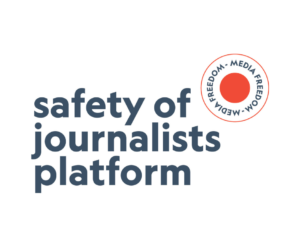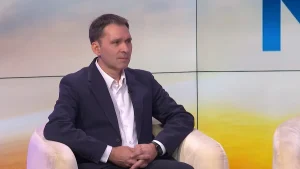The Reuters Institute, in collaboration with Oxford University, published today 14 June its global Digital News Report 2023, which focuses on how younger audiences consume news, and the trends of online engagement. It provides insights into the increasing prevalence of vertical videos and news podcasts. The influence of inflation, combined with an increasing phenomenon of “news avoidance”, is explained in the last part exploring the emergence of new business models.
Consumption of news
Overall trust in the news continues to decline. Combined with the rising of printing costs, news outlets need to find new ways to keep up with the demand. The media landscape is transforming towards a digital, mobile and platform-dominated environment, following the demand of younger consumers. Audio and video are gaining traction. The rise of TikTok and news podcasts (although not a mass market medium) allow media outlets to reach new and younger audiences, but Facebook (although with a declining audience engagement) and Youtube remain the main sources for watching content.
Publishers are prioritising platforms like TikTok, Snapchat and Instagram, popular among younger demographics, but are unsure about how to adapt their storytelling to these new platforms. The 2023 report have found that TikTok, Instagram and Facebook users prefer fun posts or satire about the news whereas Twitter users are more likely to be driven towards politics and business news.
Selective news avoidance
The phenomenon called “news fatigue”, due to an often-depressing news agenda with topics including the war in Ukraine and its long-term consequence, and the climate emergency, was already reported by the Digital News Report 2022 and persists this year. 36% of the sample interrogated states avoiding news (often or periodically).
In Europe, this is prevalent in Greece (57%) and Bulgaria (57%). According to researchers, four in ten people interrogated avoided the topic of the war in Ukraine. This is followed by the topics of national politics, issues around social justice, and news about crimes.
A need to find new sources of revenues for media outlets
Monetisation is a challenge raised by the report, and business models are under pressure. Resources are being directed towards online content, and many traditional publishers are trying to turn to paid membership or subscription models, however the cost-of-living crisis has made uncertain the sustainability of these models: 39% of respondents paying say they have renegotiated or cancelled a news subscriptions, but the numbers of subscriptions are similar to the year before.
Public service media under pressure
Public service media (PSM) are facing criticisms coming from all parts, from politicians to citizens, as well as commercial media outlets for allegedly being unfair competitors online. Respondents in countries with a strong identity to protect – Nordic countries at the top of the list – tend to view PSM as important.
AI and automation
News companies are exploring video products with the rise of TikTok, Youtube and Instagram. Generative Artificial Intelligence will create yet unseen opportunities. The news media world needs to adapt to this new trend, and publishers will need to optimise the use of these intermediaries to drive new users, for example by mixing editorial judgement with algorithms to curate news for customers. The report shows that most of the public is sceptical of the algorithm used to select the content they see on search engines and other platforms.
This year’s report covers 46 countries and is based on a YouGov survey of over 93,000 respondents.




